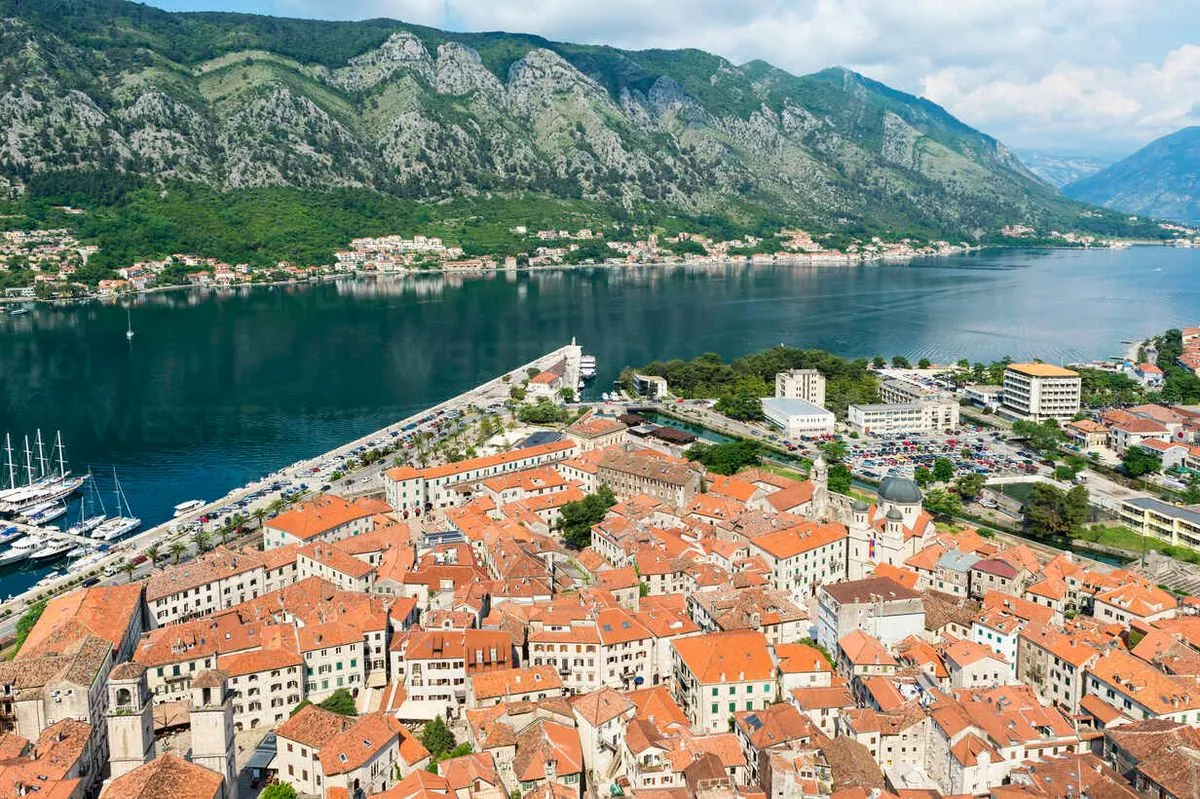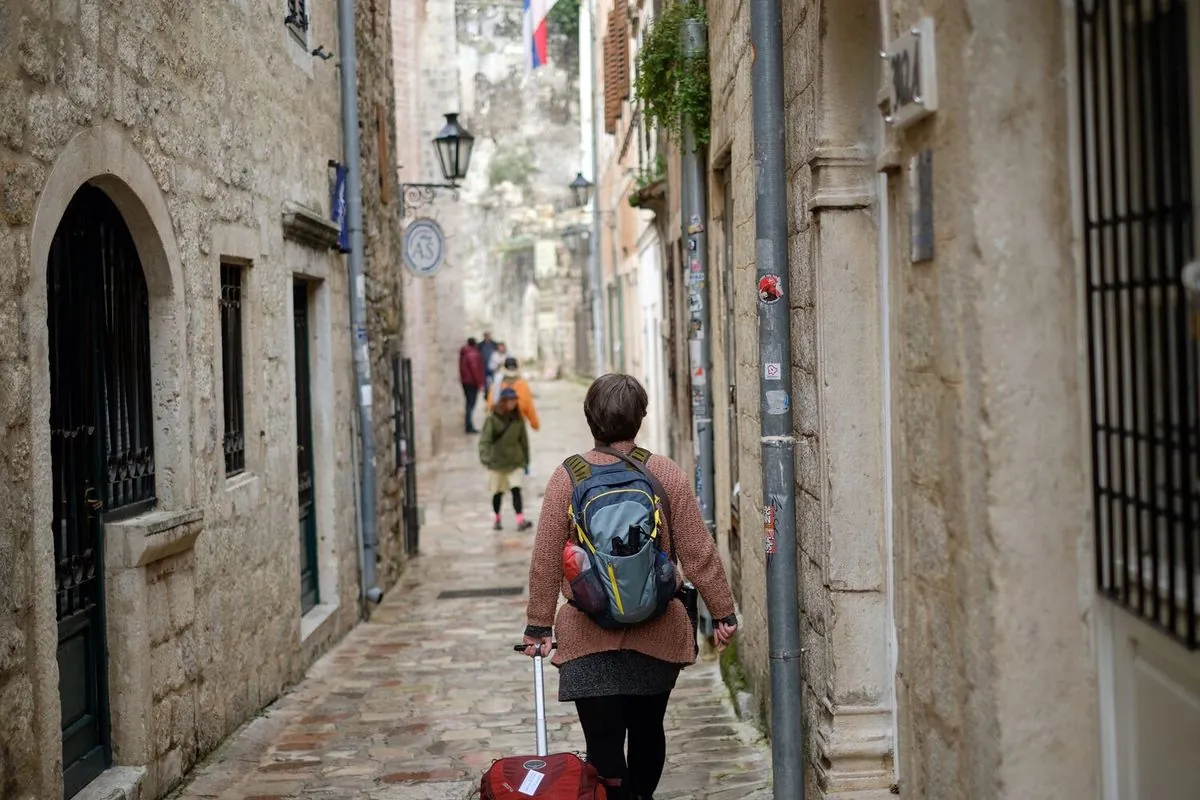Kotor Grapples with Tourism Surge: UNESCO Site Seeks Balance
Kotor, Montenegro's coastal gem, faces challenges from overtourism. Local authorities consider raising cruise ship visitor fees as the town struggles with congestion and environmental concerns.

Kotor, a UNESCO World Heritage Site in Montenegro, is grappling with the consequences of its own popularity. This picturesque town, nestled on the edge of the Adriatic Sea, has seen a significant increase in tourism over the past decade, leading to concerns about overcrowding and environmental impact.
The town, with its population of approximately 23,000, is expecting about 500 cruise ship arrivals in 2024 alone. On August 9, 2024, four cruise ships docked simultaneously, bringing around 5,000 tourists to the town in a single day. This influx of visitors is putting a strain on Kotor's infrastructure and daily life.

Doris Dajkovic, a local souvenir shop employee, expressed concern about the situation: "Traffic jams are huge." The narrow streets of Kotor, originally designed for a much smaller population, are struggling to accommodate the surge of visitors.
The tourism boom is not unique to Kotor. Other European destinations such as Venice, Barcelona, and Santorini have also experienced protests against excessive tourism. These cities are implementing measures to manage visitor numbers and mitigate negative impacts on local communities.
Jovan Ristic, director of the local tourist organization, supports an increase in the cruise ship visitor fee, currently set at 1 euro. He stated, "The life of our neighbours is becoming increasingly difficult during the tourist season." Ristic added that similar tourist destinations are working on reducing or selecting passenger ships and seriously collecting excursion fees.
In April 2024, Venice introduced a 5-euro charge for day-trippers arriving on particularly congested days, hoping to deter some visitors. Meanwhile, Dubrovnik in Croatia implemented a "Respect The City" plan in 2017, capping the number of cruise visitors to 4,000 at any given time.
The environmental impact of mass tourism is also a growing concern. Milica Mandic, a scientific advisor at Montenegro's Institute of Marine Biology, emphasized the need for a study to determine the maximum environmental load that the area can sustain.
"All similar tourist destinations are working on reducing or selecting passenger ships and seriously collecting excursion fees."
Kotor's history and cultural significance make it a unique destination. The town, first mentioned in 168 BC, boasts well-preserved medieval architecture and impressive fortifications built by the Republic of Venice. Its Old Town is considered one of the best-preserved medieval urban entities in the Mediterranean.
The challenge for Kotor now lies in balancing its tourism-dependent economy with the need to preserve its cultural heritage and natural environment. As the town continues to attract visitors with its stunning location, surrounded by limestone cliffs and situated in what is often mistakenly called Europe's southernmost fjord (it's actually a ria), finding sustainable solutions becomes increasingly crucial.
Local authorities are now faced with the task of implementing measures that will allow Kotor to continue benefiting from tourism while protecting its unique character and the quality of life for its residents. As this UNESCO World Heritage Site navigates these challenges, it may serve as an example for other historic towns facing similar pressures from mass tourism.


































